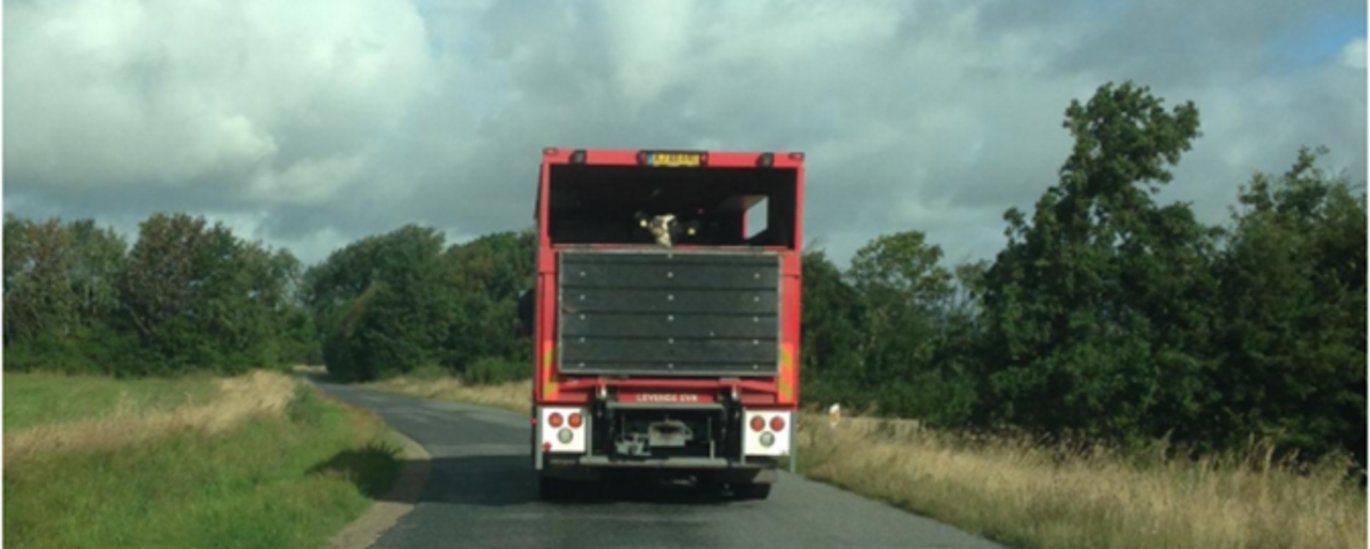Study focuses on the role of livestock drivers
Aarhus University has carried out the most extensive study so far of the role of livestock drivers in relation to assessing dairy cow fitness for transport.

Farmers, slaughterhouses and livestock drivers all play central roles for dairy cow welfare at slaughter. However, so far no studies have focused on the role of livestock drivers. Aarhus University has recently carried out a study of the role of livestock drivers in the assessment of dairy cow fitness for transport to slaughter. The results have been published in the scientific journal Research in Veterinary Science.
- These years, and across species, the number of livestock transports is increasing and the animals are transported over longer distances. Still, we know very little about the livestock drivers, and they are of central importance – they are responsible for the animals during transport. This study is our first attempt at including the livestock driver aspect in our work regarding animal welfare during transport, says Senior Researcher Mette S. Herskin, Department of Animal Science at Aarhus University.
Together with her colleagues at Aarhus University, she conducted survey questioning 66 Danish drivers transporting dairy cattle to slaughter, constituting more than 50 per cent of all cattle drivers in Denmark.
Doubt as to transport fitness
The study demonstrated that only 48 per cent of the respondents answered correctly when asked two specific questions regarding livestock transport legislation. 35 percent of the respondents stated that they are frequently in doubt when assessing dairy cow fitness for transport.
- The results show that the drivers face challenges. They experience doubt as to transport fitness, but do their best and try to consider animal welfare, says Mette S. Herskin.
Transport fitness is a complicated area. Legislation in the area, such as criteria for whether an animal is fit for transport or not, can be difficult to interpret. At the same time, mistakes can have serious consequences for both animals and humans.
- The problem is complicated, and can be approached from various angles by means of new technology, rules that are more readily applicable, and training and advisory services, says Mette S. Herskin.
Research regarding livestock drivers’ role in animal welfare will continue.
- We want to continue focusing on this professional group. This study is the first step, as we can see that drivers play a very important role in relation to livestock transport. Here we focused on cattle drivers, but similar challenges may exist when other animals such as pigs or mink are transported, says Mette S. Herskin.
Read the article Livestock drivers' knowledge about dairy cow fitness for transport – A Danish questionnaire survey in Research in Veterinary Science.
For more information please contact:
Senior Researcher Mette S. Herskin, Department of Animal Science, Aarhus University, email: mettes.herskin@anis.au.dk telephone: +45 8715 7945, mobile: +45 5050 2969
